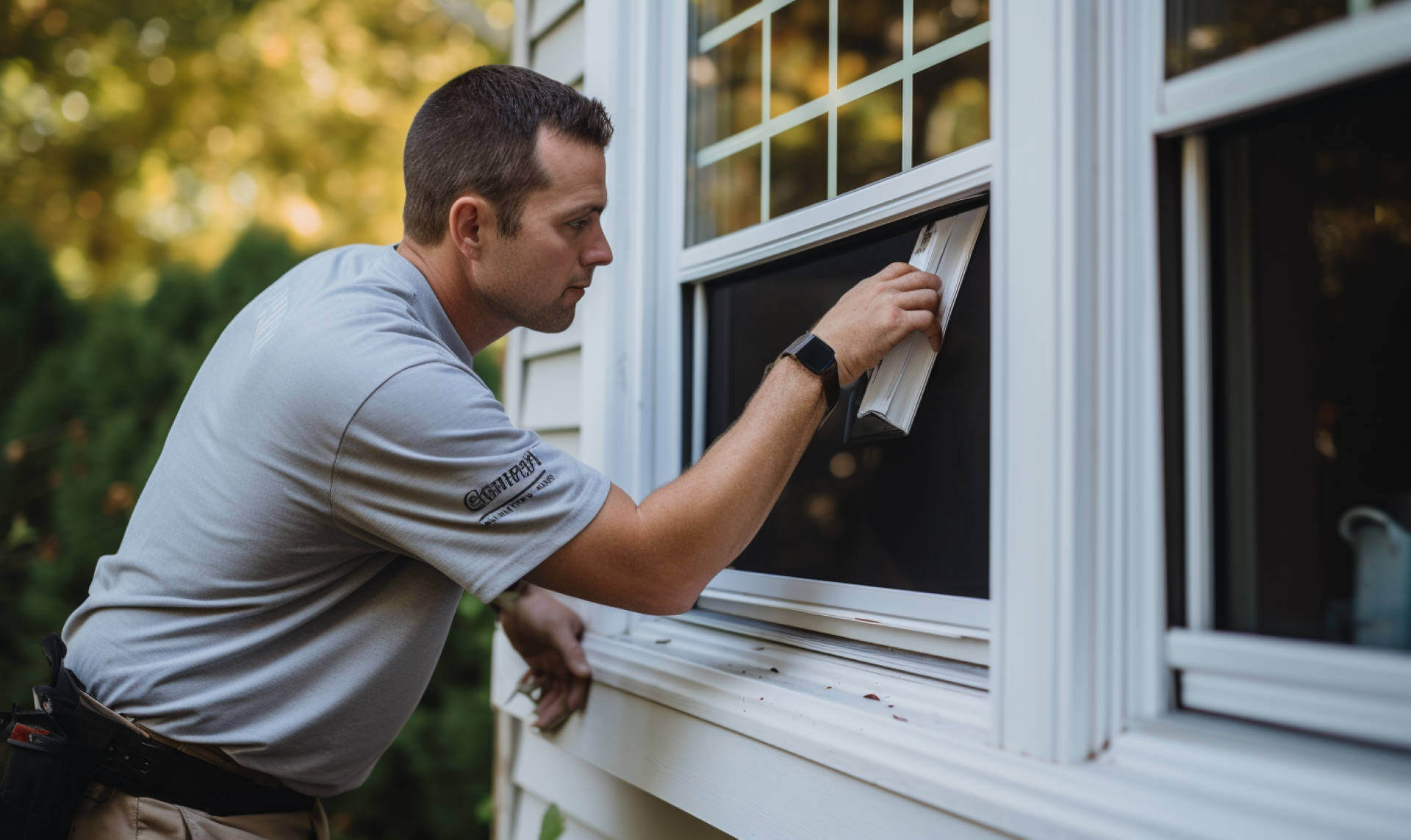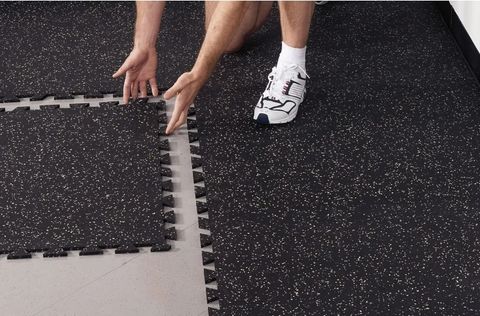Windows play a key role in a home's comfort, ventilation, and insulation. They influence heating and cooling bills, natural lighting, and even noise levels. As construction standards evolve and energy efficiency becomes more critical, homeowners are increasingly exploring modern options for replacing outdated or underperforming windows.

Why Window Replacement Matters Today
In recent years, the need for window replacement has gained attention due to:
Rising energy costs: Old or inefficient windows can account for up to 30% of residential heating and cooling energy use.
Environmental concerns: New windows with better insulation reduce energy waste and lower carbon footprints.
Home value and comfort: Window upgrades improve aesthetics, security, and resale value.
Storm safety: In areas prone to hurricanes or extreme weather, impact-resistant windows offer enhanced protection.
Homeowners, landlords, and property developers all benefit from understanding how to choose the best windows, especially as weather patterns and energy needs change.
Recent Trends and Updates
Here are some notable developments from the past year:
1. Triple-glazed windows becoming more common
By late 2024, triple-pane windows gained popularity in colder climates like the U.S. Northeast and parts of Canada, offering enhanced insulation compared to traditional double-glazed units.
2. Smart windows and automated shading
Smart windows, which adjust tint levels based on sunlight, became more accessible in early 2025. Brands like View and SageGlass are now integrating automation with energy efficiency.
3. Stricter energy codes
States like California and Massachusetts updated building energy codes in 2024, requiring higher window performance standards for new construction and major renovations.
4. Eco-friendly materials
There is growing interest in windows made from sustainable wood, recycled vinyl, or fiberglass. Manufacturers are also moving toward lower-emission production processes.
Window Style Popularity (2024 Survey Results)
| Style | Popularity (%) | Best Use Case |
|---|---|---|
| Double-hung | 34% | Traditional and colonial homes |
| Casement | 26% | Modern or energy-conscious homes |
| Sliding | 18% | Small to medium-size rooms |
| Bay/Bow | 12% | Living rooms, exterior design |
| Picture/Fixed | 10% | Rooms needing natural light |
Rules, Regulations, and Incentives
Window replacement is influenced by both local building codes and national policies.
U.S. Regulations (2024–2025)
Energy Star Certification: Windows labeled with the Energy Star logo meet or exceed energy performance guidelines set by the U.S. Environmental Protection Agency.
NFRC Ratings: The National Fenestration Rating Council provides standardized window performance ratings including:
U-Factor (insulation)
Solar Heat Gain Coefficient (heat blocking)
Visible Transmittance (light passage)
Federal and State Incentives
Inflation Reduction Act of 2022 (Extended into 2025): Offers up to $600 in federal tax credits for installing qualified energy-efficient windows.
State Rebate Programs: States like New York, Oregon, and California offer utility rebates or low-interest financing for energy-efficient upgrades.
Before starting any window replacement project, homeowners should check:
Local building permit requirements
Homeowners’ association (HOA) guidelines
Historical district restrictions (if applicable)
Helpful Tools and Resources
Whether you're calculating energy savings or comparing window types, the following tools and websites can be helpful:
Online Tools
Efficient Windows Collaborative (EWC) Calculator: Estimates energy savings based on location and window type.
(Website: www.efficientwindows.org)
ENERGY STAR Window Finder: Helps identify certified window products suitable for your climate zone.
(Website: www.energystar.gov/products/windows_doors_skylights)
Mobile Apps
Window Performance App by NFRC: Scan window labels to get performance ratings instantly.
HomeZada: Helps manage home upgrades, including cost tracking for window replacement projects.
Educational Resources
Department of Energy – Window Technologies: Guides on choosing, maintaining, and upgrading windows.
(Website: www.energy.gov)
FAQs: Window Replacement
Q1: How do I know if my windows need replacing?
A: Signs include drafts, condensation between panes, difficulty opening or closing, and visible damage or rot. A spike in energy bills can also indicate poor window performance.
Q2: What type of window is best for energy efficiency?
A: Triple-pane windows with low-E coatings and gas fills (like argon or krypton) offer excellent insulation, especially in colder climates. Look for Energy Star and NFRC-certified ratings.
Q3: Do I need a permit to replace windows in my home?
A: In most cases, yes—especially if you're changing the size, structure, or location of windows. Always check with your local municipality.
Q4: What is the average cost of replacing windows?
A: Costs vary by type and region. On average:
Standard vinyl window: $400–$650 per unit
Wood frame window: $700–$1,000+
Installation: $100–$300 per window (labor only)
Q5: Can I install new windows myself?
A: DIY is possible for standard insert replacements if you have carpentry experience. However, full-frame replacements or structural changes should be handled by professionals to ensure proper sealing and compliance with building codes.
Final Thoughts
Choosing the best windows for your home involves balancing energy efficiency, design, cost, and local climate needs. By staying informed about new trends, policies, and tools, homeowners can make smarter decisions and enhance the value, comfort, and performance of their property.
Window replacement is not just a cosmetic upgrade—it's a practical investment in your home's long-term efficiency and resilience. Use trusted resources, consult professionals when needed, and plan carefully to make the most of your project.






